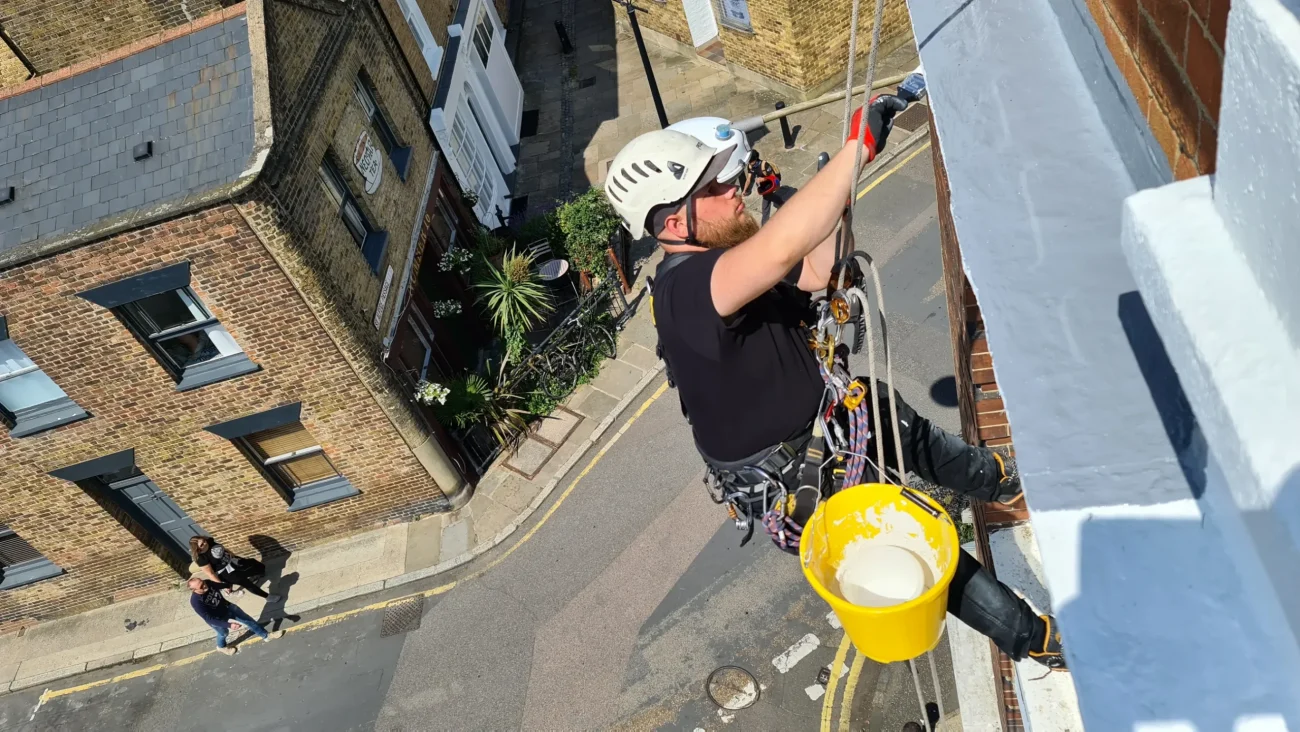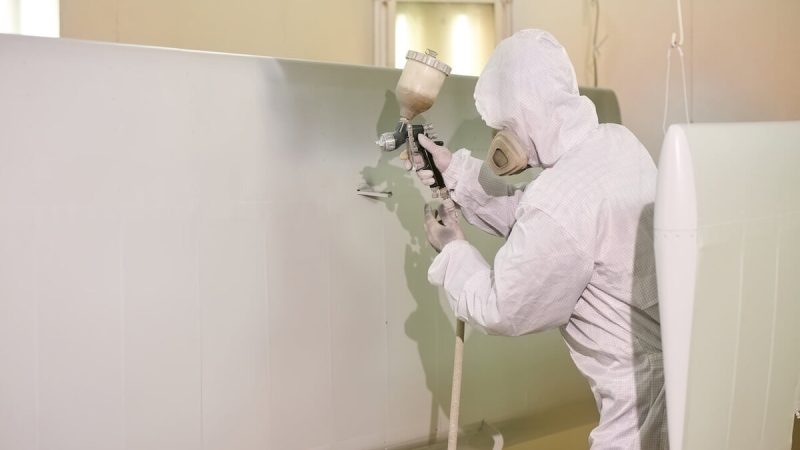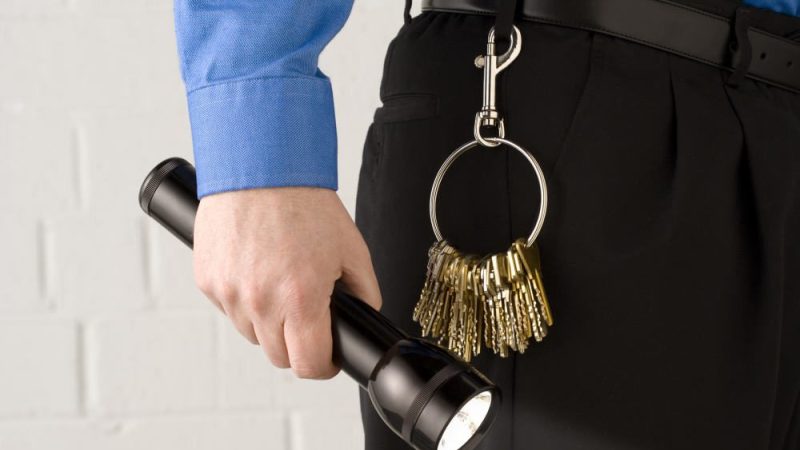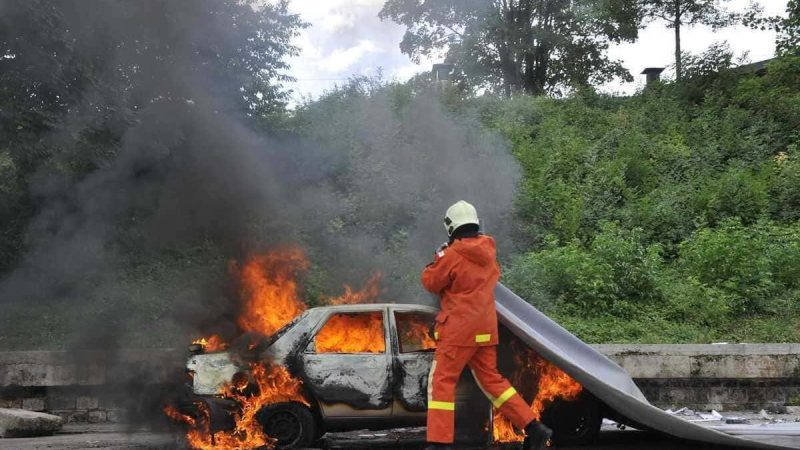An Overview Of Abseiling Painting
In industries that involve metal surfaces, an important aspect of maintenance and preservation is the process of blasting and painting. This combination of techniques helps protect the metal from corrosion, rust, and other forms of deterioration. Today, we will delve into the details of blasting and painting training, exploring how it contributes to the longevity and quality of metal structures. Blasting, the first step in this training, involves the use of specialized equipment to remove unwanted substances from the metal surface. This process employs the power of compressed air or water to propel tiny abrasive particles toward the target area. The particles strike the surface forcefully, dislodging contaminants such as dirt, old paint, or rust. The second part of the training is painting, where a protective coating is applied to the freshly cleaned metal surface. This coating shields the metal from environmental factors such as moisture, sunlight, and chemicals, which can cause harm over time. The paint used in this process is carefully selected for its durability and ability to adhere firmly to the surface. If you are searching to learn more about abseiling painting, visit the previously mentioned site.
By creating a barrier between the metal and its surroundings, the paint acts as a shield, ensuring the metal remains intact and structurally sound. To achieve proficiency in blasting and painting, individuals undergo training programs that focus on the proper techniques and safety measures. Trainees learn about the different types of blasting equipment and their applications, as well as the variety of paints and coatings available. They are taught how to handle the equipment responsibly and maintain a safe working environment. In the training, trainees gain an understanding of the importance of surface preparation before blasting and painting. They learn how to identify and eliminate any contaminants that may hinder the adherence of the coating. The removal of loose particles, grease, or oil ensures a clean surface, which in turn facilitates the effectiveness of the paint application. During the training process, trainees become acquainted with the various types of paints and coatings used in different scenarios. They learn about the properties of these substances and how to select the appropriate ones based on the metal’s location and exposure to external elements.
By understanding the characteristics of each type of paint, trainees can make informed decisions about which coatings to use for specific projects. Furthermore, trainees are taught the proper techniques for applying paint onto the metal surface. They learn about the ideal temperature and humidity conditions for painting, as well as the correct thickness and evenness of the coat. Consistency in the application process is crucial to ensure the paint adheres uniformly and provides consistent protection. Blasting and painting training not only imparts technical knowledge but also emphasizes safety protocols. Trainees are educated on the potential hazards associated with the equipment and materials used. They learn how to handle chemicals responsibly and use personal protective equipment to minimize the risk of accidents or injuries. The training for blasting and painting equips individuals with the skills and knowledge needed to preserve and protect metal structures. By mastering the techniques of blasting and painting, trainees contribute to the longevity and reliability of these structures, ensuring they withstand the test of time. With a commitment to thorough preparation, proper application, and safety, individuals trained in blasting and painting play a vital role in maintaining the integrity of metal surfaces in various industries.










